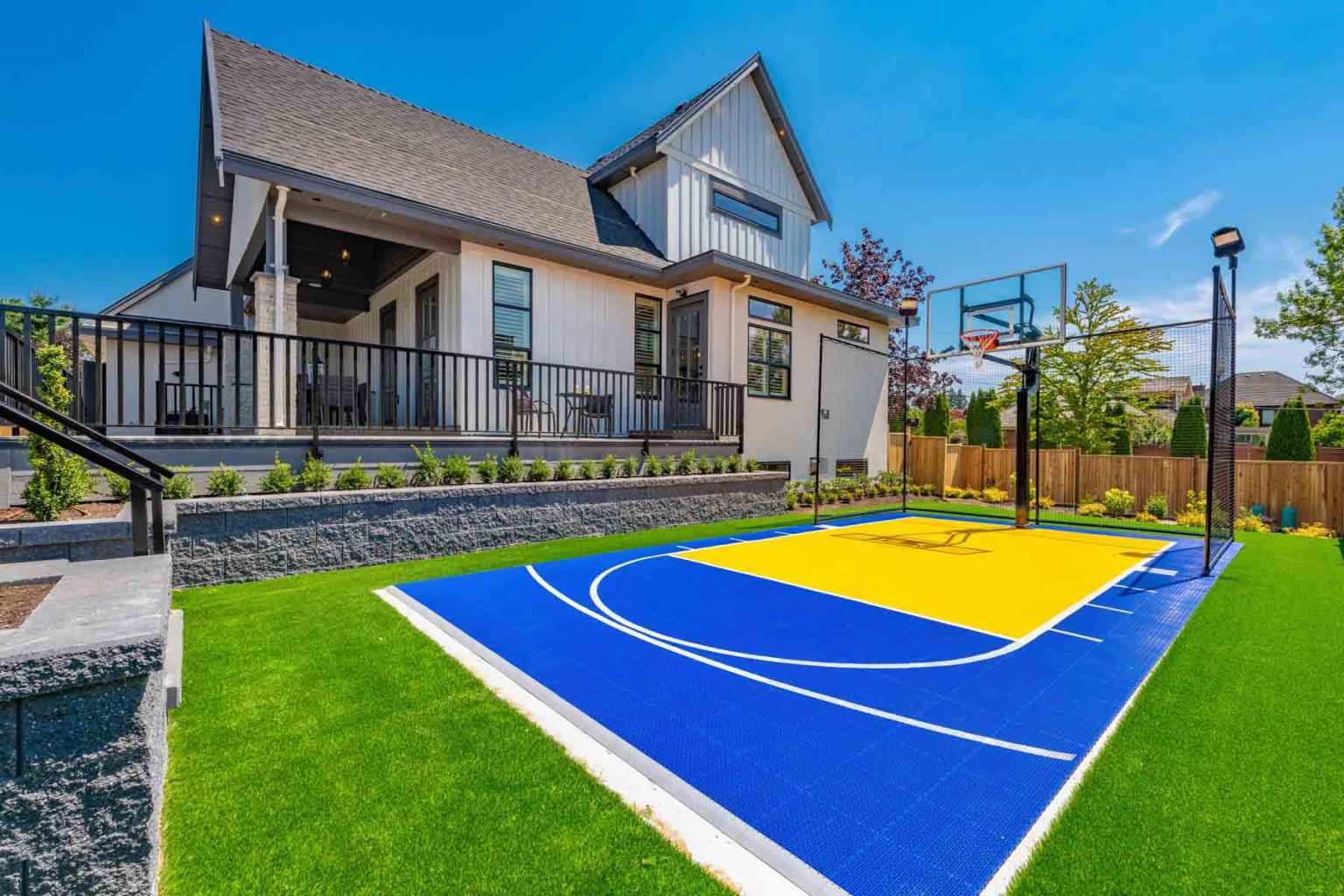A well-designed outdoor court can greatly enhance your facility. Whether for basketball, tennis, or multi-use, the quality of your game space impacts players’ performance and enjoyment. For facility managers and sports enthusiasts, investing in a court renovation can turn a good location into a great one. This blog post will guide you on improving your game space.
The Evolution of Outdoor Court Materials and Designs
Outdoor courts have come a long way from their humble beginnings. Initially made from basic asphalt or concrete, courts today boast a variety of materials and designs to enhance performance and durability.
Traditional Materials
Concrete and asphalt were the go-to materials for outdoor courts for many years. These materials are sturdy and relatively inexpensive but often wear out quickly, especially under extreme weather conditions. Cracks and surface deterioration are common issues that disrupt gameplay and require costly repairs.
Modern Innovations
The introduction of synthetic materials has revolutionized outdoor court design. Today, materials like acrylic, modular tiles, and cushioned surfaces offer improved shock absorption, reduced maintenance, and better performance. These innovations not only enhance the playing experience but also extend the lifespan of the court.
Aesthetic and Functional Designs
Gone are the days when courts were just plain slabs with markings. Modern designs incorporate colorful patterns and logos to make courts visually appealing. Additionally, multi-use designs allow a single court to serve various sports, maximizing the utility of the space.
Factors to Consider in Planning a Court Renovation
Before you start tearing up the old surface, it’s essential to consider several factors to ensure the success of your renovation project.
Budgeting
A clear budget is the foundation of any successful renovation project. Determine how much you’re willing to spend on materials, labor, and additional features. Unexpected costs can arise, so it’s wise to set aside a contingency fund.
Material Selection
Choosing the right material is crucial for the court’s longevity and performance. Consider factors like climate, usage frequency, and maintenance requirements when selecting materials. Consult with experts to help you make an informed decision.
Local Regulations
Don’t overlook local building codes and regulations. Ensure that your renovation plans, such as adding a backyard tennis court like those in Utah, comply with local guidelines to avoid legal issues. Permits may be required, and it’s essential to factor in this process during the planning stage.
Tips for Maintaining Your Renovated Court
Once your court is renovated, proper maintenance is key to prolonging its lifespan and ensuring it remains in top condition.
Regular Cleaning
Regular cleaning is essential to keep the surface free of debris that can cause damage. Use a leaf blower or broom to remove leaves, dirt, and other debris. For more thorough cleaning, use a mild detergent and water.
Inspections and Repairs
Conduct regular inspections to identify any wear and tear early. Look for cracks, fading lines, or loose tiles. Addressing minor issues promptly can prevent them from becoming significant problems that require costly repairs.
Seasonal Maintenance
Different seasons bring different challenges. In winter, ensure proper drainage to prevent water from freezing and causing cracks. In summer, check for UV damage and consider applying a protective coating. Seasonal maintenance helps keep your court in optimal condition year-round.
Conclusion
Renovating your outdoor court can significantly enhance its functionality, safety, and aesthetic appeal. Whether you’re a facility manager looking to upgrade your space or a sports enthusiast aiming for better playability, understanding the renovation process is crucial.

